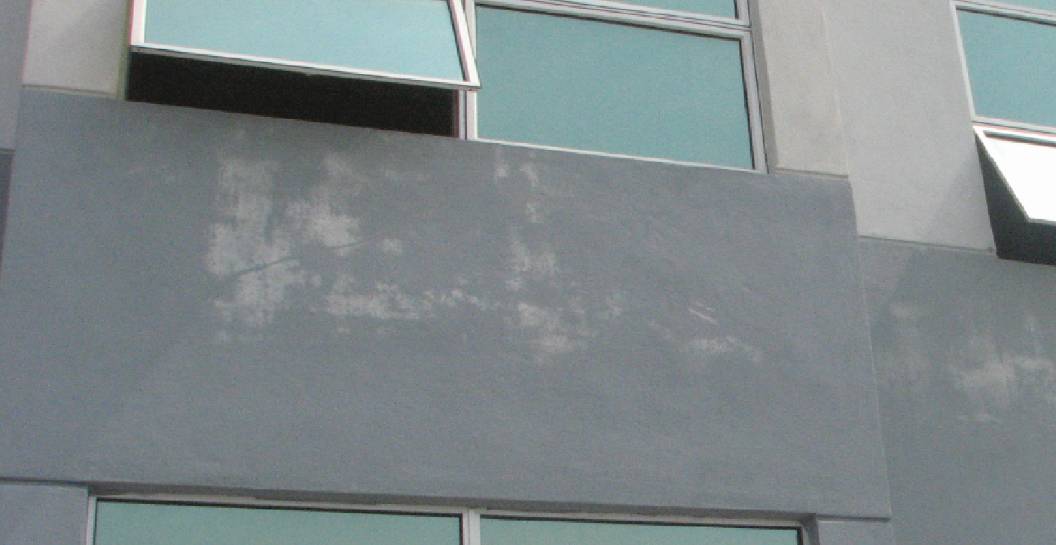Features of problem
The paint film bulged out from the wall. It usually caused by the loss of adhesion to the wall so that it blisters out. It is found a lot from the moisture problem at the lower part of the wall. The leak wall with high humidity in the walls is often found with semi-gloss and glossy film with high adhesive content in the paint.
Causes
The blistering problem happens for a number of reasons, such as poor surface preparation, dirt, deteriorated, dusty surfaces, or not painted with the primer. However, the main cause is humidity problems in the house, which can occur in many places, such as around the window sill. The lower part of the wall is blistering or the surfaces that tend to have high humidity all the time absorb water in the soil. It is caused by a leak point causing water to seep into the building caused by water leaking from plumbing pipes or other defective drains.
It can be caused by humidity in the air as the phenomenon of condensation which is the moisture that occurs in the conditions where the temperature outside and inside the building is different. The condensation of the air is a mist or drop of water that is absorbed by the porous materials of the building.
It can be caused by flooding, natural disaster or from cleaning buildings or houses.
How to solve
1. Analyze the causes and factors of the problem such as a bulging colour around the window sill at the wall of the house which must be fixed at the glass sealant from the outside first.
2. Scrape off the old paint film that has deteriorated or peel off all. It is recommended not to use a wire brush. Clean the walls from dust, dirt, grease and other foreign matters.
3. The surface must not have cracks. If any, cracks must be repaired with quality material prior to coating. Where cracks are less than 2 mm in size, cracks are repaired with Nippon Paint Vinilex Wall Putty. For cracks larger than 2 mm, fill with Terracryl.
4. For the areas with moss and fungi, scrub with Nippon Paint Vinilex Biowash fungicide and apply Nippon Paint Vinilex Biowash fungicide. Leave it overnight. The surface before painting must be clean and completely dry. If following Nippon Paint standards, the moisture content must not be more than 6% by Kett model HI-520 or not more than 14% by Protimeter Mini and must not more than pH 8.
5. Apply 1 coat of old plaster primer (recommended colour system for exterior: 1 coat of Nippon Paint, Tylelac Trans Sealer, and 2 coats of topcoat (recommended colour system for exterior). : 2 coats of Nippon Paint Weatherbond; recommended colour system for interior: 2 coats of Nippon Paint Aircare).
(In case of occurring from the ground outside, the soil should be dug around the house down to about 30 centimeters. Clean the surface thoroughly. Leave the wall to dry completely. Then, paint according to the system. It is recommended to sprinkle gravel in the excavated trench to allow moisture to be easily drained.)
How to prevent
Paint work according to the correct steps must pay attention to the surface preparation process. The surface before painting must be clean free from dust, dirt, grease and other foreign matter and completely dry without cracks to prevent water and moisture from seeping into the wall.
For high humidity, high alkaline surfaces, choose an oil-based foundation system with good infiltration, enhanced adhesion, excellent elimination of paint problems, good alkali resistance in cement. It is highly resistant to humidity to prevent the problem of low paint adhesion, blistering, and help extending the time for the topcoat to last longer.
Oil-based primer for high humidity surfaces: 1-2 coats of Nippon Paint Tylelac Trans Sealer.




















